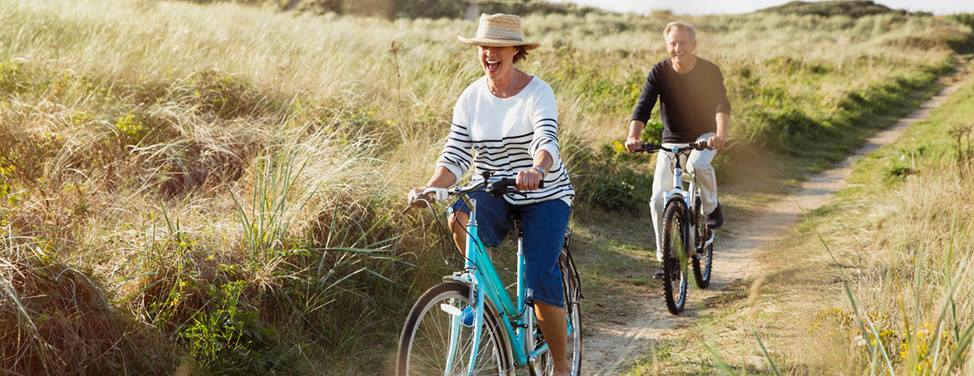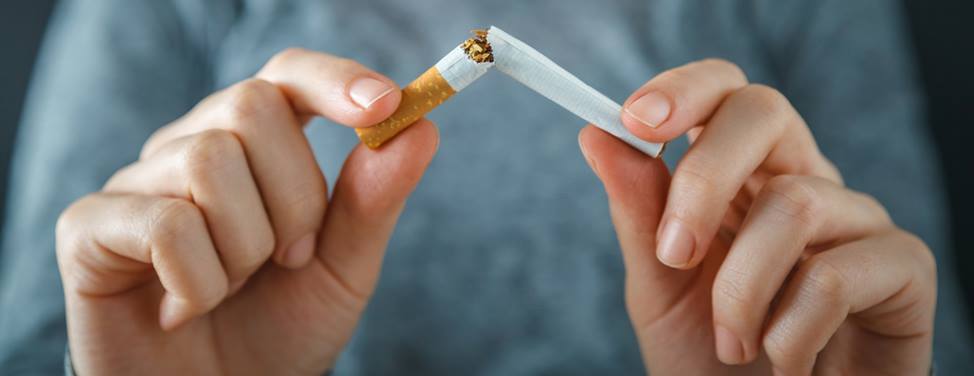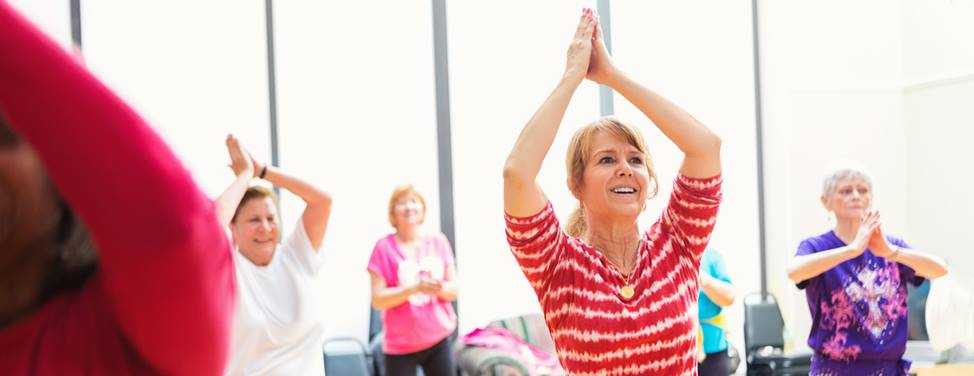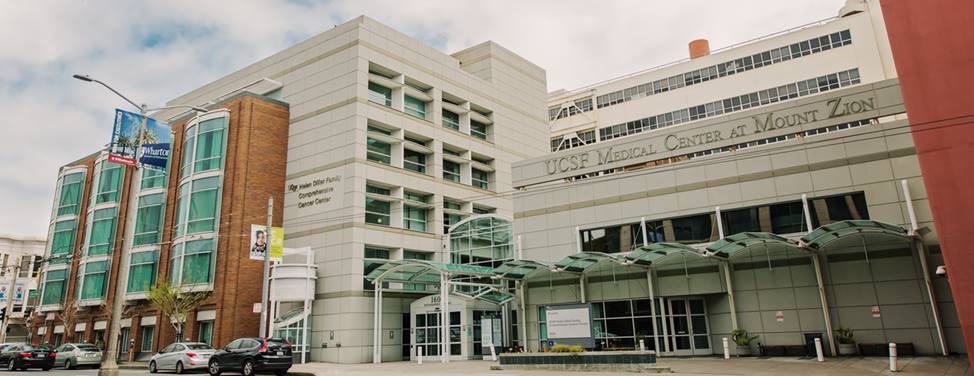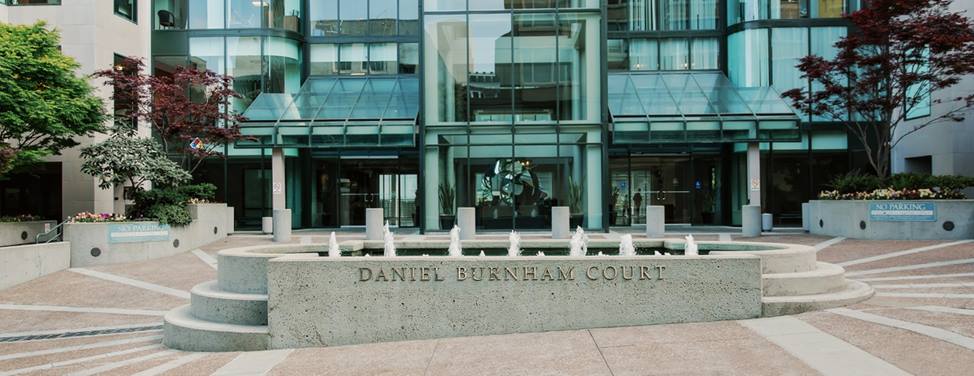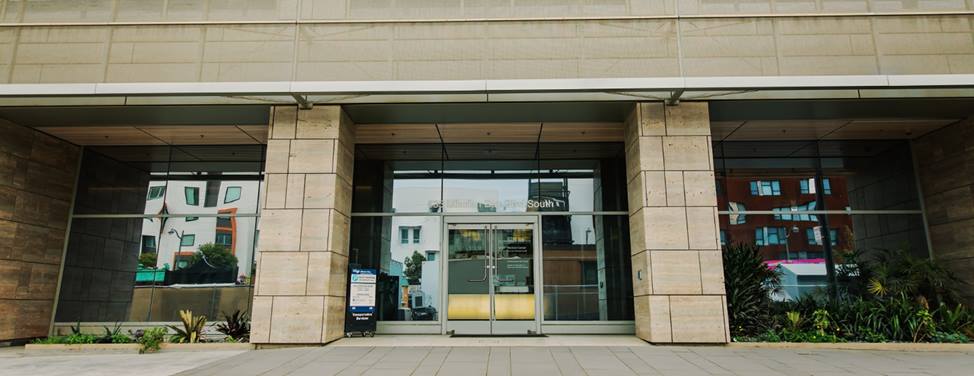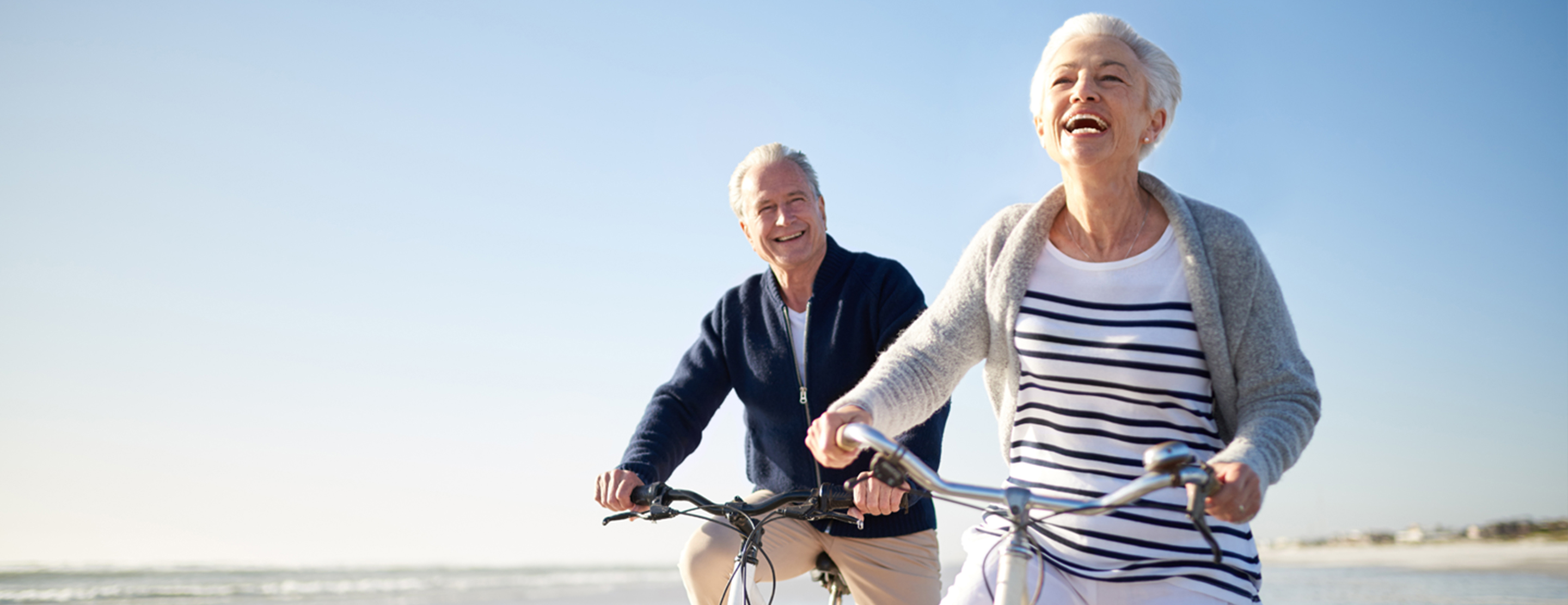
Heart Health Benefits of Physical Activity
Physical activity is any form of movement that works your muscles and uses more energy than you use when resting. Walking, running, dancing, swimming, yoga and gardening are examples of physical activity.
Being physically active, along with following a healthy diet and not smoking, is one of the most important things you can do to keep your heart and lungs healthy. Yet, many Americans are not active enough. The good news is that even modest amounts of physical activity are good for your health. The more active you are, the more you will benefit.
Physical activity, especially aerobic activity, is good for your heart. Physical activity strengthens your heart and reduces coronary heart disease risk factors. It can also lower blood pressure; improve and manage levels of cholesterol and other fats in the blood; improve your body's ability to manage blood sugar and insulin levels, which lowers your risk for type 2 diabetes; help you maintain a healthy weight; and reduce levels of C-reactive protein (CRP) in your body, a sign of inflammation. High levels of CRP may raise your risk for heart disease. Inactive people are nearly twice as likely to develop heart disease as people who are physically active.
In people with heart disease, regular aerobic activity helps the heart work better. It also may reduce the risk of a second heart attack in people who already have had a heart attack.
Vigorous aerobic activity may not be safe for people with heart disease. Talk to your doctor about what type of activity is safe for you.
Recommendations for Physical Activity
In 2008, the U.S. Department of Health and Human Services (DHHS) released new physical activity guidelines. For adults, the guidelines advise that:
- Some physical activity is better than none.
- For major health benefits, do at least 150 minutes of moderate-intensity aerobic activity or 75 minutes of vigorous-intensity aerobic activity each week. Each bout of activity should last at least 10 minutes. For example, walk briskly (moderate physical activity) five days a week for at least 30 minutes each time.
- More physical activity will increase your health benefits.
- Muscle-strengthening activities that are moderate or high intensity should be included two or more days a week. These activities should work all of the major muscle groups, including the legs, hips, back, chest, abdomen, shoulders and arms. Examples include lifting weights, working with resistance bands, sit-ups and push-ups, yoga and heavy gardening.
If you have a chronic (ongoing) condition, such as heart disease, lung disease or diabetes, talk to your doctor about whether you can do physical activity. Ask your doctor which activities are safe for you.
Getting Started and Staying Active
Physical activity is an important part of a heart-healthy lifestyle. To get started and stay active, make physical activity part of your daily routine, keep track of your progress, be active and safe.
Make Physical Activity Part of Your Daily Routine
You don't have to become a marathon runner to get all of the benefits of physical activity. Do activities that you enjoy and make them part of your daily routine. If you haven’t been active for a while, start small and build slowly. Many people like to start with walking and slowly increase their time and distance.
Personalize the Benefits
People value different things. Some people may highly value the health benefits of physical activity. Others want to be active because they enjoy recreational activities or they want to look better or sleep better. Some people want to be active because it helps them lose weight or it gives them a chance to spend time with friends.
Identify which physical activity benefits you value. This will help you personalize the benefits of physical activity.
Be Active With Friends and Family
Friends and family can help you stay active. For example, go for a hike with a friend. Take dancing lessons with your spouse, or play ball with your child. The possibilities are endless.
Make Everyday Activities More Active
You can make your daily routine more active. For example, take the stairs instead of the elevator. Instead of sending e-mails, walk down the hall to a coworker's office. Rake the leaves instead of using a leaf blower.
Reward Yourself with Time for Physical Activity
Sometimes, going for a bike ride or a long walk relieves stress after a long day. Think of physical activity as a special time to refresh your body and mind.
Keep Track of Your Progress
Consider keeping a log of your activity to help you track your progress. Many people like to wear a pedometer – a small device that counts your steps – to track how much they walk every day. These tools can help you set goals and stay motivated.
Be Active and Safe
Physical activity is safe for almost everyone. You can take the following steps to make sure it's safe for you, too:
- Be active on a regular basis to raise your fitness level.
- Do activities that fit your health goals and fitness level. Start small and slowly increase your activity level over time. As your fitness improves, you will be able to do physical activities for longer periods and with more intensity.
- Spread out your activity over the week and vary the types of activity you do.
- Use the right gear and equipment to protect yourself and follow safety rules and policies, such as always wearing a helmet when biking.
- Be active in safe, well-lit, and well-maintained environments that are clearly separated from car traffic.
- Make sensible choices about when, where and how to be active. Consider weather conditions, such as how hot or cold it is, and change your plans as needed.
Talk to Your Doctor if Needed
Healthy people who don't have heart problems don't need to check with a doctor before beginning moderate-intensity activities. If you have a heart problem or chronic disease, such as heart disease, diabetes or high blood pressure, talk to your doctor about what types of physical activity are safe for you. You also should talk to your doctor about safe physical activities if you have symptoms such as chest pain or dizziness.
Adapted from the National Heart, Lung, and Blood Institute's, "Physical Activity and Your Heart."
UCSF Health medical specialists have reviewed this information. It is for educational purposes only and is not intended to replace the advice of your doctor or other health care provider. We encourage you to discuss any questions or concerns you may have with your provider.








